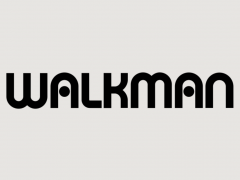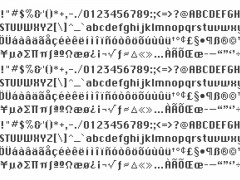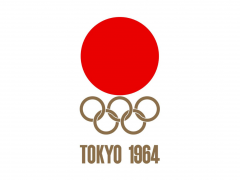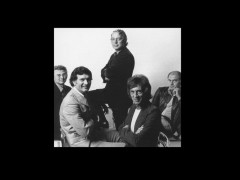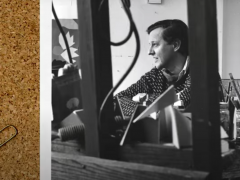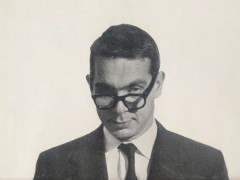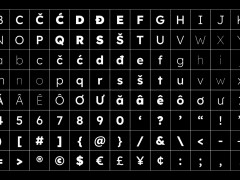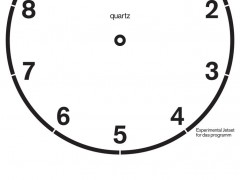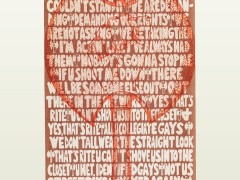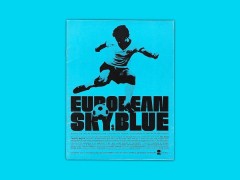In flyers we trust, a guide
A flyer (or flier) is a form of paper advertisement intended for wide distribution and typically posted or distributed in a public place, handed out to individuals or sent through the mail.
Also called a “circular”, “handbill”, “pamphlet”, “poster”, “lit” (literature), “weekly ad”, “catalog” or “leaflet” a flyer may be used by individuals, businesses, not-for-profit organizations, or governments to advertise an event such as a music concert, nightclub appearance, festival, or political rally, to promote a business, influence people with a social, religious, or political agenda eg. elections or war and to recruit.
Like postcards, pamphlets, and small posters, flyers are a low-cost form of mass marketing or communication in a variety of sizes (A4 / A5 / DL / A6). 8.5” x 11” is the standard size for event flyers and 11” x 17” is the largest flyer format.
Inexpensive to produce with the help of a printing press, their widespread use intensified in the 1990s with the spread of less expensive desktop publishing systems.
An old medium that came a long way ever since the religious pamphlets pinned on monastery doors circa the 16th century, flyers nowadays are handed out on the street (a practice known as “flyering” or “leafleting”), distributed door-to-door through the mail, posted on bulletin boards, etc.
Contemporary flyers are frequently produced in 300 g/m2 glossy cards, whereas a leaflet might be produced on 130 g/m2–170 g/m2 weight paper and can be a very effective form of direct marketing even nowadays. In the last decade, digital flyers are sent through e-mail, a tactic that avoids spending money on paper, printing and mailing, or hiring people to post the flyers on telephone poles or hand them out.
Starting as Stone age cave drawings and growing into the first recognized alphabet of Egyptian Hieroglyphics, the adventure of language is stunning as methods for conveying information evolved following the many technological advances and the advent of the printing press circa 1439 by Johannes Gutenberg in the 15th century Germany.
With the religious wars raging, print exploded across Europe and later the printed propaganda machine fuelled the English Civil War from 1642 to 1651. By the end of the 17th century, Pamphlets had become the single most important print medium in Europe, particularly in England, the Netherlands, and France while the revolutionary flyer mechanism spread across the globe. The colonisation of America by the British prompted the production of Thomas Paine’s 47-page Pamphlet ‘Common Sense’ aka one of the most famous and influential Pamphlets ever written in 1776 and the anti-slavery movement expressed via leaflets brought the collapse of the human trade, in 1865. Flyers paved the way for the education of women in the early 20th century and their right to vote.
Elemental in forming a brand new state of mind, flyers and leaflets were weapons of propaganda during humanity’s World Wars as their messages fuelled fury or enlisted soldiers. In America alone, more than 2,500 poster designs and 20 million posters were produced between 1916 and 1918 with all renowned political figures from Lenin to Hitler and Churchill harnessing the power of the medium to promote their World Order.
The airborne leaflet propaganda took off during the 20th century with specifically invented bombs made to scatter flyers on enemy territory and promote fear.
In total: six billion leaflets were dropped in Western Europe throughout the Second World War, 40 million were dropped over Japan in 1945 by the Americans, one billion were dropped throughout the Korean War and 31 million were dropped during the Iraq War.
After the war, came the business. Flyers entered the fabric of our society through various designs, colours and messages and became synonymous with the nightlife —the book “No Sleep: NYC Nightlife Flyers 1988-1999,” edited by Adrian Bartos (otherwise known as the d.j. Stretch Armstrong) and the archivist Evan Auerbach is a visual history of the halcyon days of New York City club life as told through flyer art.
Today the power of the flyer remains intact although digital means dominate modern marketing. The demand for printed handouts that inform or misinform holds strong, for better or worse.
Tags/ gutenberg, printing, book, poster, pamphlet, war, propaganda, flyer, nightlife

